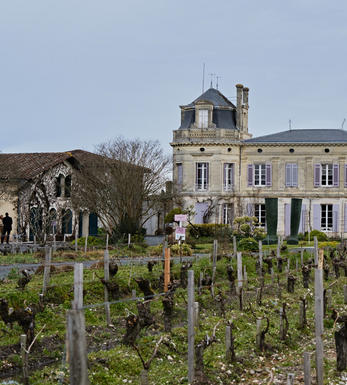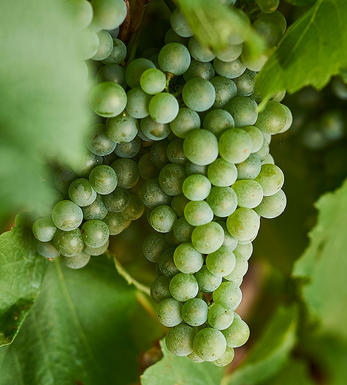
About this WINE

Chateau Chasse-Spleen
Château Chasse-Spleen is the leading Moulis estate along with Château Poujeaux. Although it is classified only as a Cru Bourgeois, it regularly outperforms many of the Médoc's more renowned classed growths. There are two theories behind the château's rather unusual name: firstly, that, when Lord Byron visited the estate in 1821, he remarked `Quel remède pour chasser le spleen`. Secondly, that it is named after Baudelaire's poem, Spleen.
Chasse-Spleen's wines were always noteworthy, though the quality improved dramatically with its acquisition by the Taillan Group, which also owns Château Haut-Bages-Libéral, in 1976. It was run by Bernadette Villars until she and her husband were killed in an accident while hiking in the Pyrénées in 1992. The property is now run by her daughter Claire.
Chasse-Spleen's wine is a blend of 65% Cabernet Sauvignon, 30% Merlot and 5% Petit Verdot. It is matured in oak barriques (40% new) for 18 months and is bottled unfiltered.
Chasse-Spleen wines are typically deeply-coloured and full-bodied on the palate, displaying oodles of ripe, black fruit, minerals and sometimes hints of chocolate.

Sauvignon Blanc & Sémillon
The blend used for White Graves and Sauternes and rarely encountered outside France. In the great dry whites of Graves, Sauvignon Blanc tends to predominate in the blend, although properties such as Smith Haut Lafite use 100% Sauvignon Blanc while others such as Laville Haut Brion have as much as 60% Sémillon in their final blends. Sauvignon Blanc wines can lose their freshness and fruit after a couple of years in bottle - if blended with Sémillon, then the latter bolsters the wine when the initial fruit from the Sauvignon fades. Ultimately Sauvignon Blanc gives the wine its aroma and raciness while Sémillon gives it backbone and longevity.
In Sauternes, Sémillon is dominant, with Sauvignon Blanc playing a supporting role - it is generally harvested about 10 days before Sémillon and the botrytis concentrates its sweetness and dampens Sauvignon Blanc`s naturally pungent aroma. It contributes acidity, zip and freshness to Sauternes and is an important component of the blend.



Buying options
Add to wishlist
wine at a glance
Delivery and quality guarantee